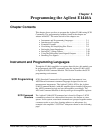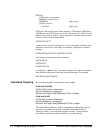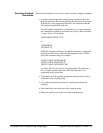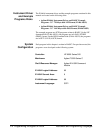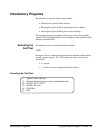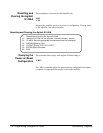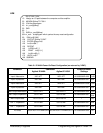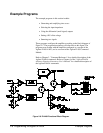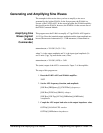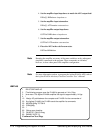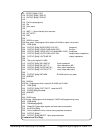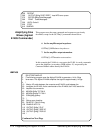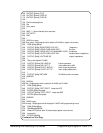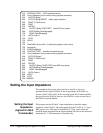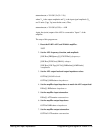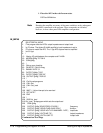
Generating and Amplifying Sine Waves
The examples in this section show you how to amplify a sine wave
generated by the Agilent E1445A. In the first program, the E1446A is a
servant of the E1445A AFG. In the second program, the E1446A amplifies
the signal from the E1445A, however; the E1446A is in the servant area of
the E1405 Command Module.
Amplifying Sine
Waves (Agilent
E1445A
Commander)
This program uses the E1446A to amplify a 2 Vpp E1445A AFG signal to
14.15 Vpp. Since the intended output amplitude and the input amplitude are
known, the amount of attenuation (0 - 31 dB attenuator) is determined as:
attenuation
(dB)
= 20 LOG (V
o
/(V
i
* 10))
where V
o
is the output amplitude and V
i
is the input signal amplitude (V
o
and V
i
units (Vpp, Vp) must be the same). Thus,
attenuation
(dB)
= 20 LOG (14/20) = -3 dB
The (main) output of the AFG is connected to ’Input 1’ of the amplifier.
The steps of this program are:
1. Reset the E1445A AFG and E1446A amplifier.
*RST
2. Set the AFG frequency, function, and amplitude.
[SOURce:]FREQuency[1][:CW|:FIXed] <frequency>
[SOURce:]FUNCtion[:SHAPe] <shape>
[SOURce:]VOLTage[:LEVel][:IMMediate][:AMPLitude]
<amplitude>
3. Couple the AFG output load value to the output impedance value.
OUTPut[1]:LOAD:AUTO <mode>
OUTPut[1]:IMPedance <impedance>
Generating and Amplifying Sine Waves Programming the Agilent E1446A 2-9



